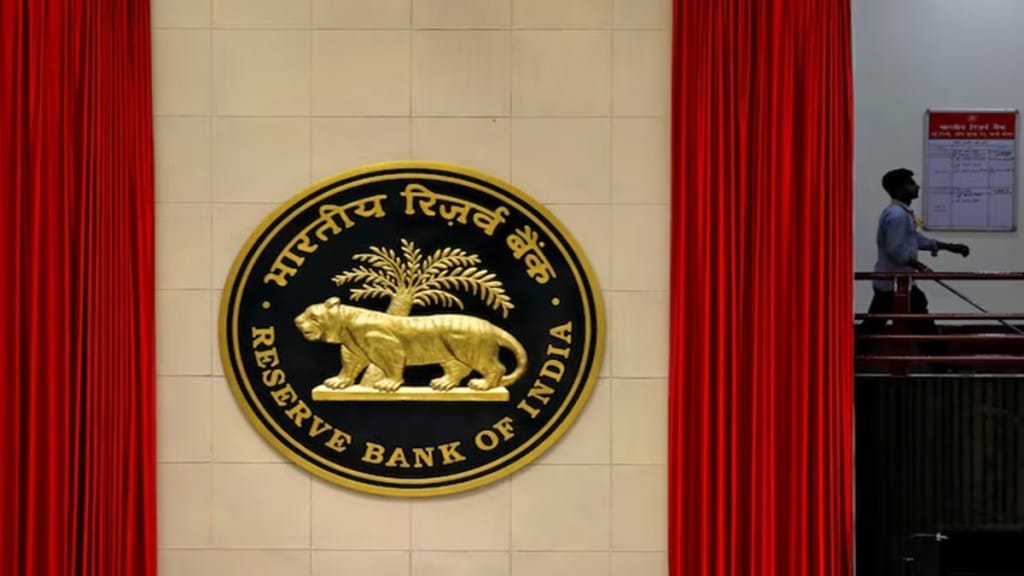The Reserve Bank of India is in no hurry for a nationwide rollout for the central bank digital currency (CBDC), deputy governor T Rabi Sankar said on the sidelines at the Global Fintech Fest on Tuesday.
“We are focusing on creating sufficient use cases, particularly programmable ones,” he said. He added that the basic use-case for CBDC eventually is in the cross-border space. “So, we have to get into a few cross-border arrangements, see how it works.” he said. He further said the digital currency has touched around 7 million users.
Sankar launched ‘UPI Multi-Signatory’, ‘Small Value Transactions using Wearable Glasses via UPI Lite’ and ‘Forex on Bharat Connect’ at the event.
RBI launches linkage of FX Retail Platform
He also launched of linkage of FX Retail Platform with Bharat Connect, enabling retail customers to access foreign currency (USD) through their preferred payment/banking apps integrated with the Bharat Connect (BBPS) platform. In his speech, he highlighted that the integration of artificial intelligence in financial systems must be approached as a matter of profound responsibility with due recognition and mitigation of risks.
“As AI reshapes the financial landscape, this approach remains unchanged. Progress and prudence must go hand in hand,” he said. RBI came out with the FREE-AI framework for responsible and ethical AI adoption in India’s financial sector. He said that the objective is not to obstruct innovation, but to ensure that its application never compromises the stability or integrity of the system.
T Rabi Sankar on stress-testing AI models
He said that practices such as stress-testing AI models under diverse scenarios, red-pinning to identify vulnerabilities, and the adoption of explain ability tools and standards are indispensable. “These mechanisms would help regulators and institutions align to supervise AI outcomes, detect weaknesses before they escalate, and ensure that AI-driven decision-making can be understood and, if necessary, challenged,” he said.
He added that RBI is working on the Digital Payments Intelligence Platform, and that it would take quite some time. “We have to use data not just within the payment system, but across the system. So, it has to be trained,” Sankar said.


